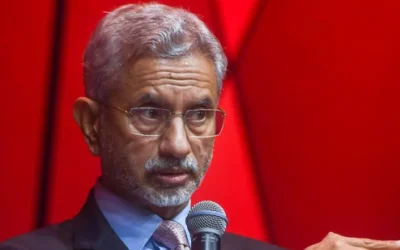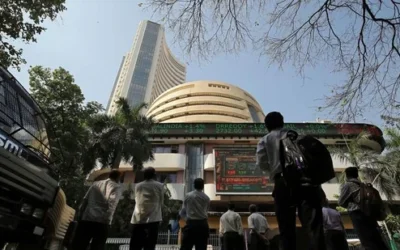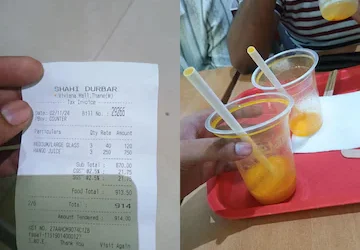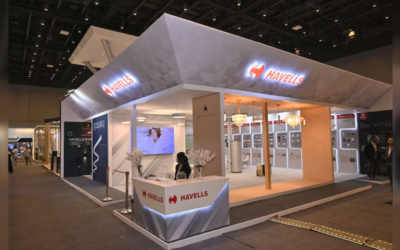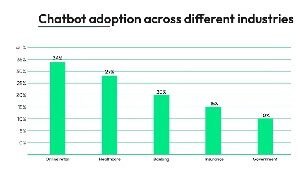S&P Global reported that in October, input cost inflation rose to its highest level in three months across the composite sector, driven by slightly faster price hikes among both goods producers and service providers.
Expanding on positive demand patterns, economic operations in the nation, encompassing manufacturing and services sectors, displayed growth in October compared to September. The S&P Global report highlighted an increase in the HSBC Flash India PMI to 58.6 in October, up from 58.3 recorded the previous month.
Activity rebounded significantly primarily due to a notable surge in the manufacturing sector. In October, the HSBC Flash India Manufacturing PMI, which assesses factory business conditions based on new orders, output, employment, supplier delivery times, and purchase stocks, bounced back from the eight-month low of 56.5 recorded in September to reach 57.4.
Pranjul Bhandari, the Chief India Economist at HSBC, highlighted the positive development in India’s manufacturing sector. According to him, the flash manufacturing PMI for October showed a renewed growth momentum, with various components picking up pace following a slight slowdown in the previous months. The increase in new orders and new export orders at quicker rates bodes well for industrial production in the upcoming months of 2024.
In October, the HSBC Flash India Manufacturing PMI Output Index climbed to 60.1 compared to September’s 59.8, while the Flash Services PMI index saw a slight increase to 57.9 from 57.7.
S&P Global reported that in October, there was a significant rise in new order intakes for Indian companies. This growth, primarily driven by favorable demand patterns, surpassed the levels seen in September.
S&P Global stated that the recent data indicates an increase in overall new orders, driven by a boost in global interest for Indian products and services. The growth rate of export sales picked up at both manufacturing companies and their service counterparts.
Moreover, the data indicated that continuous restocking initiatives drove an increase in input procurement by manufacturing companies in October. Consequently, pre-production inventories experienced a significant surge, while the depletion of warehouse stocks led to a minor decline in finished goods inventory, as reported by S&P Global.
According to S&P Global, cost inflation in October surged to its highest level in three months across the composite sector, driven by slightly faster price hikes at manufacturers and service suppliers. The survey revealed price increases in chemicals, eggs, meat, packaging, steel, and vegetables. However, the overall inflation rate stayed below the survey’s typical average.
S&P Global reported a significant surge in employment across both sectors in October, marking the quickest growth in 18-and-a-half years. The anecdotal evidence suggested a rise in both part-time and full-time positions, with a mix of permanent and temporary contracts being extended to new hires.
Bhandari notes that manufacturers are facing ongoing pressure on their profit margins due to the increasing inflation in input prices. She mentions that manufacturers are attempting to transfer the increased costs to end consumers by raising the prices of their products.
S&P Global reported that there was a contrast in business confidence among sub-sectors for the upcoming months. While manufacturers expressed their most positive outlook since July, sentiment among services companies slightly declined.





































